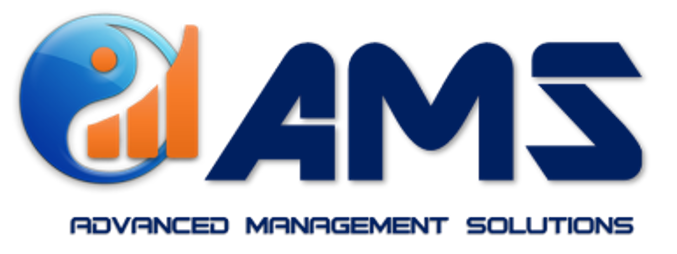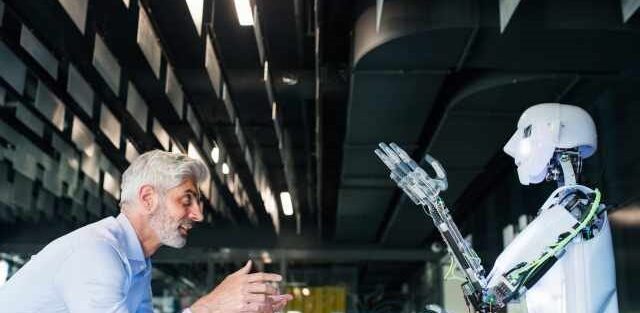Artificial Intelligence (AI) integration into human resources (HR) practices will make organizations better because these applications can analyze, predict and diagnose to help HR teams make better decisions, according to research from the International Research Journal of Engineering and Technology.
Report authors Prasanna Matsa and Kusuma Gullamajji found in their August 2019 report that AI can be embedded in functions such as recruitment, training, onboarding, performance analysis, retention etc. However, they added, a majority of organizations are still lagging in integrating AI to its HR practices because of cost. “AI implementation should be viewed as an optimistic opportunity, because AI enhances lives. AI creates a better future if it is clearly understood and utilized in a proper way,” stated the report.
HR Reporting Confidence in AI Integration
Other reports see integration of AI into HR as practical, however. Most HR practitioners welcome the integration of AI into their HR processes, according to an Oracle/Future Workplace report. In fact, 64% of them reported in the 2019 study by Oracle and Future Workplace they would trust a robot over their manager for advice.
Further, researchers also found:
- 50% of workers are currently using some form of AI at work compared to only 32% in 2018.
- The majority (65%) of workers are optimistic, excited and grateful about having robot co-workers, and nearly a quarter report having a loving and gratifying relationship with AI at work.
- Workers in India (60%) and China (56%) are the most excited about AI, followed by the UAE (44%), Singapore (41%), Brazil (32%), Australia/New Zealand (26%), Japan (25%), US (22%), UK (20%) and France (8%).
- Men have a more positive view of AI at work than women with 32% of men optimistic vs. 23% of women.
“Over the past two years we’ve found that workers have become more optimistic as they’ve adopted AI in the workplace and HR is leading the way,” Dan Schawbel, research director at Future Workplace, said in a press release. “The 2019 study shows that AI is redefining not only the relationship between worker and manager, but also the role of a manager in an AI-driven workplace.”
“To AI or not to AI” may still be the question for many organizations, but some are already on the bandwagon. We’ve found some examples of how companies are investing into AI and cognitive computing for their HR workflows.
Candidate Resumes on Smart Digital Forms
HR is all about connecting companies with current and prospective employees on a personal level. For this to be achieved on a large scale, HR departments need to be leveraging scalable, AI technology, according to Adriana Bokel Herde, Pega’s chief people officer.
For example, companies traditionally require new applicants to reenter the same information over multiple steps of the new-hire journey. This repetitive, tedious task can leave them with a poor impression. To alleviate some of the monotony, companies are using AI to help candidates transfer information from their resumes onto smart digital forms and more efficiently complete their applications. “This information,” Bokel Herde said, “can also automatically be sent through background check and new hire forms. For instance, AI can recognize relevant information off a candidate’s resume, store it and automatically input it into future forms so they aren’t forced to constantly repeat themselves over and over.”
As companies make the candidate experience a priority for their recruiting operations, many have invested in AI to help them analyze a candidate’s previous work experience and interests and match them with open roles best suited for them, according to Bokel Herde. “Many,” she said, “are also leveraging AI to assess candidates even before they have spent time with a recruiter on the phone.”
Understanding Employee Referrals
AI is also involved in enabling HR teams to better understand employee referrals by looking into the kinds of candidates employees are referring and gaining insight on who refers the most successful ones, according to Bokel Herde. “AI can also analyze performance data from previous referrals and recognize when candidates similar to successful employees are being recommended,” she said.
AI provides HR departments with an opportunity to improve the candidate and employee experience by automating repetitive, low value tasks and freeing up time to focus on the more strategic, creative work that HR teams need and want to get done. Instead of spending time overseeing every step of the new employee onboarding process, those steps can be intelligently automated, Bokel Herde added, leaving teams to invest more time in more important tasks such as mentoring and gathering feedback. “There are many insights to be gained through all the data that is collected during the candidate and employee lifecycle,” Bokel Herde said. “Companies need to capitalize on this data to improve employee engagement and retention.”
Data-Backed Resources and Insights
Michael Cohen, chief product officer at Achievers, said AI gives HR professionals data-backed resources and insights gathered directly from employees. This then allows HR professionals to take action and deliver the employee experience the workforce wants and asks for, which as a result boosts engagement and lowers turnover. “The world’s COVID-19 response has altered how we work and it is increasing the need for technology to connect workers at all levels of an organization,” Cohen said. “It’s also critical that leadership listen to employees and respond with action. Artificial intelligence is one of the ways we can connect an entire employee population and understand what they need.”
AI-Backed Chatbots Keep Engagement Conversation Going
Employee engagement is also a science, and part of that science is measuring and analyzing employee sentiment on a day-to-day basis, according to Cohen. AI-backed chatbots empower both the employee and HR professionals to keep the engagement conversation going, all year long.
“Chatbots can provide a natural, human-like and always-on communication tool that engages the user in personalized conversations,” Cohen added. “These conversations are then analyzed and leveraged to address the specific concerns, wants and needs of the employee. But it doesn’t end there. The action after the conversation is just as critical as asking for feedback in the first place.”
AI-backed chatbots allow HR practitioners to understand sentiment so they can address potential roadblocks to take action and prove to employees their voices matter, which boosts engagement and reduces turnover.
Boosting Learning and Development Programs
The future of learning and development departments using AI will increase tremendously over the next couple of years, according to Elizabeth Greene, director of global learning and development at ON Semiconductor. These departments will be expected to create agile and adaptable learning programs that are able to meet the individual needs of employees. At the same time, they will use data and analytics in a deeper way to show impact back to the business.
“Learning and development has to not only teach people AI skills and digital dexterity, but also prepare employees for new roles that will undoubtedly require more human skillsets: analytical, strategic, critical thinking, cultural awareness, emotional intelligence,” she said. “To adapt to these changes, L&D departments are transitioning to agile learning models that support the individual learning versus providing broad-based solutions for the organization as a whole.”
Greene shared a few ways in which her company is adopting a data-first mindset building the employee experience through adopting AI:
- Personalizing the learning journey based on job role, existing skill sets, development plan and future goals, and proactively addressing any skills gaps that exist.
- Assigning stretch assignments and cross-functional projects based on employee skill sets and projects listed across the organization through social learning channels.
- Content matching and recommendations based on relevancy to the individual employee needs.
- Real-time responses to frequently asked questions via chatbots accessible to all employees to type in questions and quickly receive an automated response.
- Coaching chatbots accessible to leaders needing additional support in their roles.
Leveraging Transactional Workforce Data
Jayson Saba, senior director of product marketing at Kronos, said HR teams can use AI to leverage transactional workforce data to predict employee potential, fatigue, flight risk and even overall engagement, ultimately enabling more productive conversations to improve the employee experience, retention and performance.
“It’s now possible to leverage AI to build smarter, personalized schedules and to leverage AI to review time-off and shift-swap requests in real time based on predetermined business rules,” he said. This empowers employees, especially those with frontline/hourly positions who must be present, to take more control of their work/life balance. “Using AI for these important but repetitive administrative requests also unburdens managers, allowing them to spend more time on the floor, working with customers, and training teams,” Saba added.
Powering Workforce Analytics
According to findings from the Forrester Tech Tide: Cloud Human Capital Management, Q4 2019, organizations are turning to workforce analytics and planning. In these workforce analytics applications, AI and machine learning are becoming even more apparent.
“AI in HR empowers managers to solve problems and can lead to more informed decisions that affect employee and organizational success,” Saba said. “Using real-time analytics, for example, shows managers the impact that absences, open shifts, and unplanned schedule changes will have on key performance indicators, allowing them to make more informed decisions that avoid issues before they arise.”
Conclusion
The latest advancements in machine learning and artificial intelligence are rapidly reaching mainstream, according to Emily He, SVP, Human Capital Management Cloud Business Group at Oracle. This has resulted in a massive massive shift in the way people across the world interact with technology and their teams, she said in a press release on the Oracle-Future Workplace study.
“The relationship between humans and machines is being redefined at work, and there is no one-size-fits-all approach to successfully managing this change,” she said. “Instead, organizations need to partner with their HR organization to personalize the approach to implementing AI at work in order to meet the changing expectations of their teams around the world.”
By






